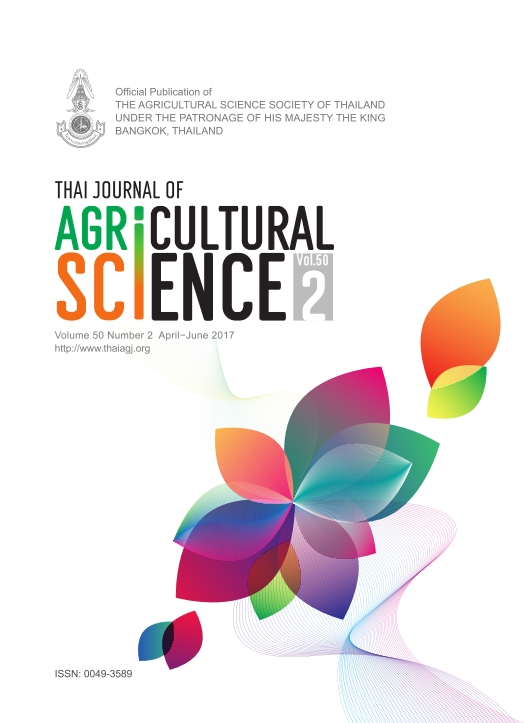Changes in Cd/Pb Accumulation and Growth and Physiological Indices on Sorghum bicolor sp. Seedlings Exposed to Carbon Nano Tubes
Main Article Content
Abstract
The effect of multiwall carbon nanotube (CNT) exposure (10 and 50 mg L−1), was studied on sorghum (Sorghum bicolor) seedlings sown into petri dishes containing 500 μM Pb(NO3)2 or 200 μM CdCl2. Plant growth parameters, chlorophyll (Chl) content, lipid peroxidation and Cd/Pb accumulation recorded on 10–day old seedlings. Lead and cadmium treatment decreased the root and shoot length in sorghum seedlings. Our results showed diminished Chl content and enhanced lipid peroxidation in seedlings under Cd and Pb treatment which accumulated plenty amount of Pb/Cd. CNTs exposure, even under control conditions or heavy metals treatment, significantly increased shoots and root growth parameters. CNTs application also had significant positive impacts on total chlorophyll content in Pbstressed seedlings. MDA content on control plants which did not received any heavy metals decreased by CNTs. On the other way, CNTs exposure increased lipid peroxidation in Pb or Cd treated seedlings. Pb absorption significantly increased by CNTs application while no significant changes was obvious on Cd accumulation by CNTs. Based on the results, it seems that CNTs application could alleviate the reduced growth parameters and Chl content induced by heavy metals–stressed sorghum seedlings. These findings reveal possible regulatory roles of CNTs on heavy metal resistance in plants.


